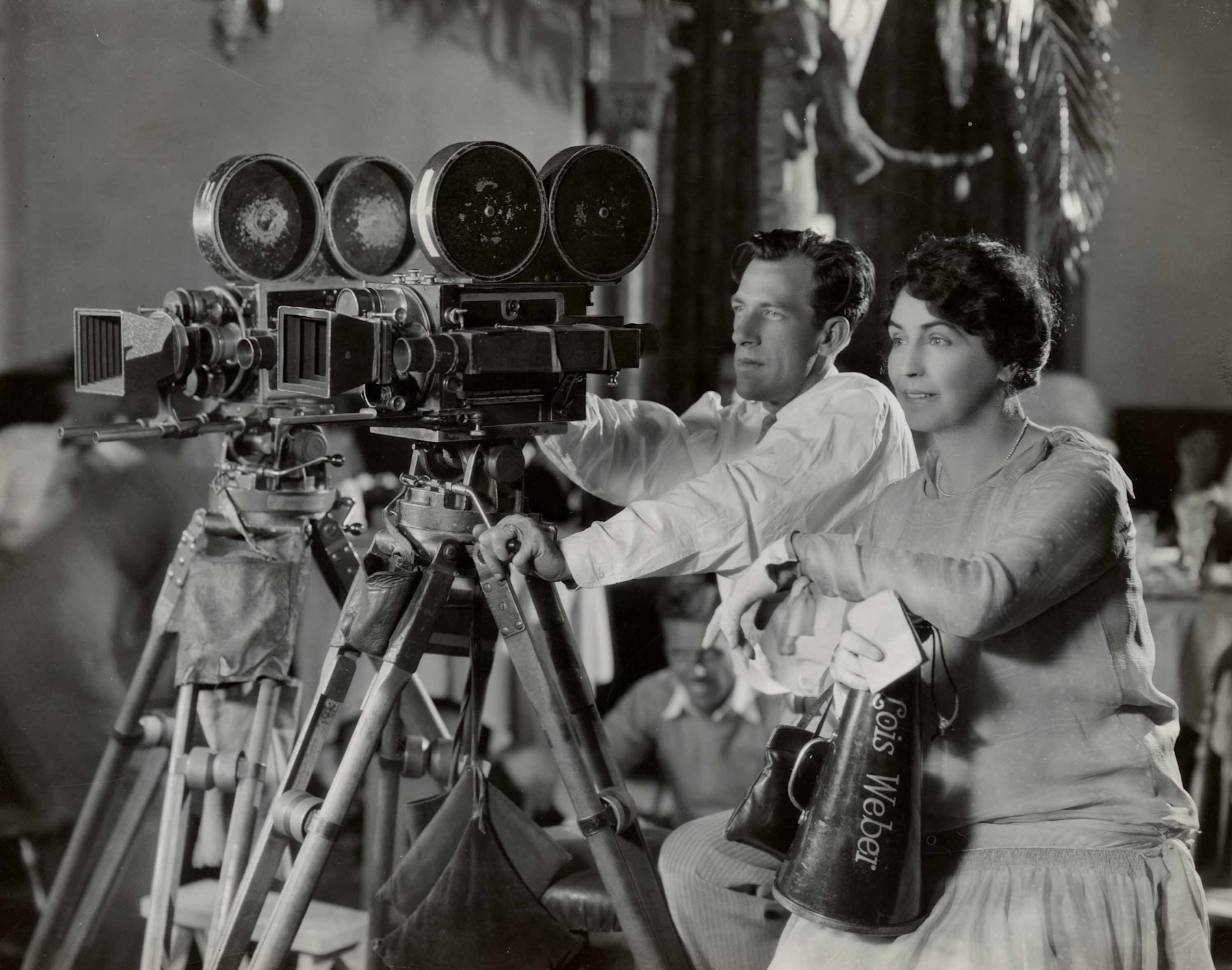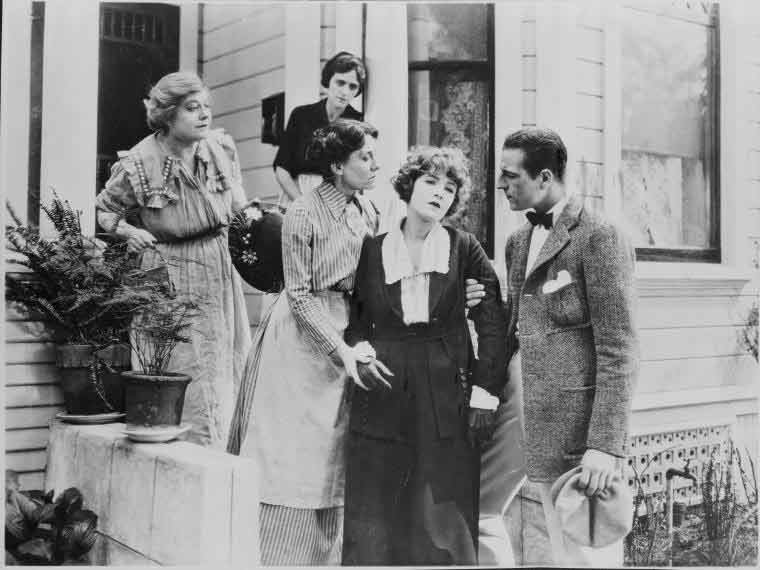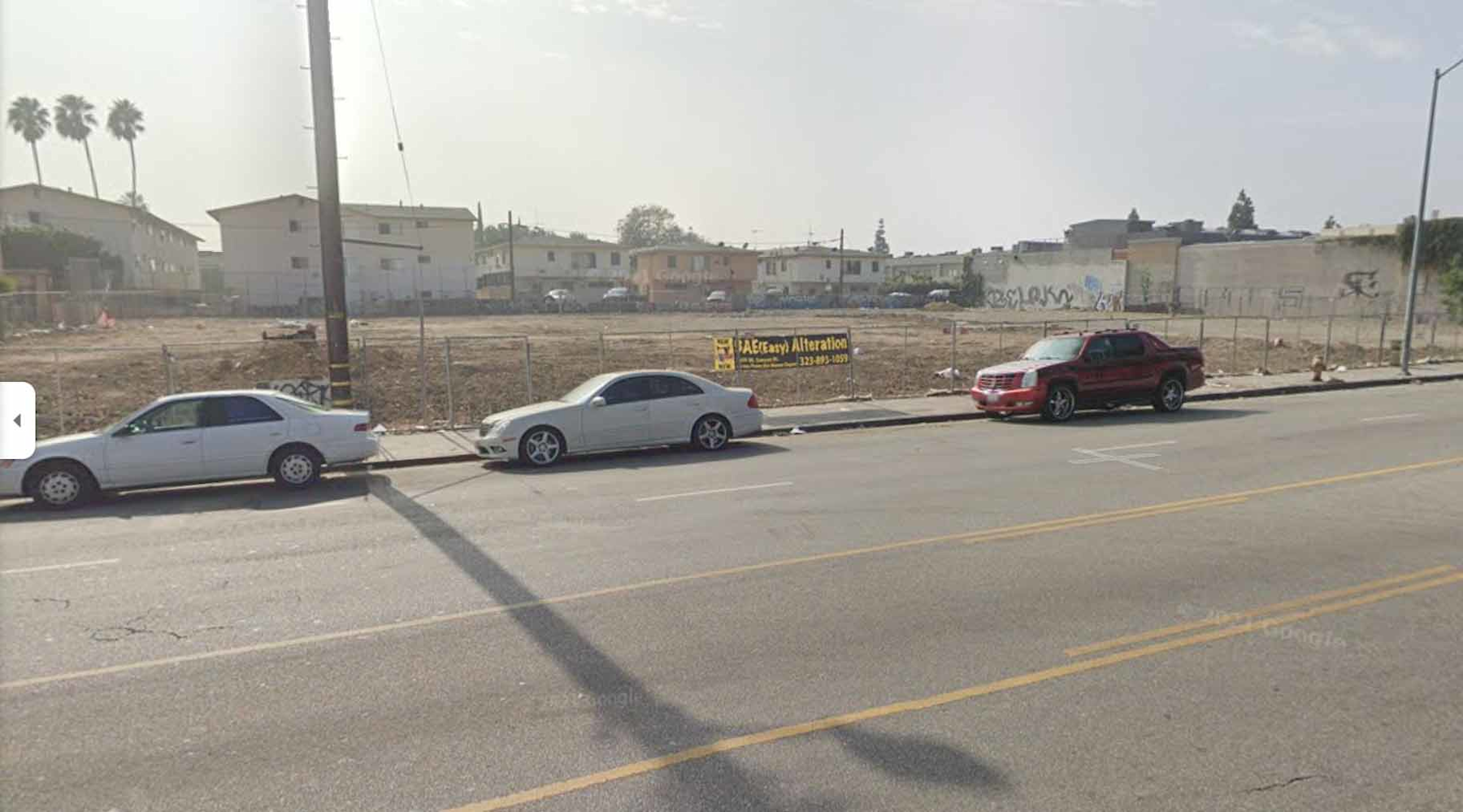Today, one way to bear witness to the achievements of silent film era auteur Lois Weber is to visit her star on the Hollywood Walk of Fame. Just over a century ago, though, Weber was far more than an oft-overlooked name on a pedestrian pathway. From 1917 through 1921, Lois Weber Productions, located at 4634 Santa Monica Boulevard near Vermont Avenue, was the eponymous five-acre independent film studio of the director-writer-producer-actor.
Born in 1881 to a Christian missionary family in the Pittsburgh area, Weber was a child prodigy musician turned New York theater actor who discovered the new medium of film and moved west in 1910, along with her husband and then-collaborator, Phillips Smalley.

Weber rapidly became a prolific, pioneering, technically innovative, socially conscious, controversial, and bankable box office director. She was not only an independent producer but also worked for major studios such as Universal and secured prestigious distribution deals with studios such as Paramount. Weber’s films addressed themes such as birth control and abortion, class and poverty, gender equity, capital punishment, addiction, and religion. Suspense (1913), Hypocrites (1914), The Dumb Girl of Portici (1916), Where Are My Children? (1916), The Man Who Dared God (1917), and The Hand That Rocks The Cradle (1917) were among the scores of short- and feature-length films Weber made during her relatively brief career.
As a director, Weber was considered by some as peer to D. W. Griffith and Cecil B. DeMille. Weber was the first woman in the Motion Picture Directors Association, and in 1916 she was reportedly the highest-paid director in the industry.

During the four years when she had her own production company, Weber made more than a dozen films, including The Blot (1921), which highlighted economic inequity. While Weber was known for working on location, she also regularly filmed at Lois Weber Production’s 12,000-square-foot soundstage.
A Los Angeles Herald article chronicled the facilities thusly: “a dark stage and an open structure, projection room, artistic dressing rooms, carpenter and mechanical shops and the laboratory rooms comprise the main buildings, reached through the lot by driveways lined with trees and shrubbery.”
Weber leased for three years, before purchasing in 1920. That lot was originally residential, and Lois Weber Productions used the home for offices. Later, the LA Daily Mirror described the property as “offering privacy behind hedges and bushes among lovely grounds, almost like a residence instead of a film studio.”
In 1921, Weber’s distributors at Paramount refused to release her picture, What Do Men Want? and Lois Weber Productions went out of business. Audience tastes were changing as the war years gave way to the Roaring Twenties. Some historians also point to a backlash against powerful women following the passage of suffrage. Others, to mergers and acquisitions in Hollywood that left independents withering.
Weber demolished the studio and constructed apartments. Her opportunities and fortunes faded—she directed only one talkie, White Heat (1934), an interracial romance. She died in 1939, impoverished.
Soon after, a Baptist church took over the land. Years later, a swap meet. By late 2020, the property was an empty lot, with a heavily-graffitied fence and tarp stretching along the boulevard. A gas station was next door, and a shopping center across the street had a Rite-Aid, Valerio’s Family Bakeshop, Point-Point Joint Filipino Kitchen, and more. Lois Weber’s star on the Walk of Fame was three miles away.
